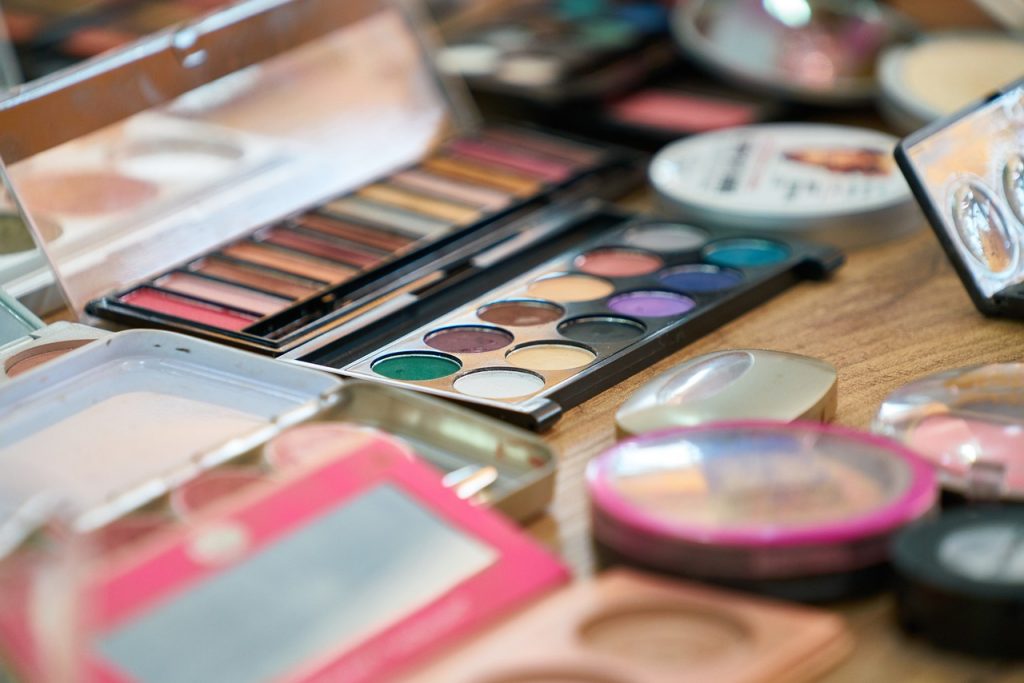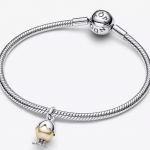Eco-friendly beauty, with its emphasis on clean and green products, has become a burgeoning trend in the beauty industry. This movement isn’t just about looking good; it’s about feeling good, both in terms of the impact on the environment and personal health. In this article, we’ll delve into the world of eco-friendly beauty, exploring its benefits, the meaning of clean and green beauty, ingredients to avoid in traditional products, and the growing influence of eco-conscious consumers.
Benefits of Eco-Friendly Beauty
Environmental Impact
Traditional beauty products often contain a plethora of harmful chemicals, synthetic fragrances, and petrochemicals, contributing to environmental pollution. Eco-friendly beauty products, on the other hand, focus on biodegradable and sustainable ingredients, reducing their environmental footprint.
Personal Health Benefits
Clean and green beauty products prioritize the use of natural and organic ingredients, which can benefit your skin and overall well-being. By avoiding harmful chemicals and allergens, eco-friendly products are gentler on your skin, making them an excellent choice for those with sensitivities.
Clean and Green Beauty: What Does It Mean?
Clean Beauty
Clean beauty emphasizes transparency in product ingredients. It avoids the use of harmful chemicals, such as parabens and sulfates, opting for safer alternatives. Consumers can trust that clean beauty products are free from potentially toxic ingredients.

Green Beauty
Green beauty takes it a step further by focusing on sustainable and ethical sourcing. This includes using organic ingredients, cruelty-free testing, and eco-conscious packaging, all contributing to a smaller environmental impact.
Ingredients to Avoid in Traditional Beauty Products
Harmful Chemicals
Traditional beauty products often contain parabens, phthalates, and synthetic fragrances, which have been associated with health concerns, including allergies and hormonal disruptions.
Animal Testing
Many traditional beauty brands still engage in animal testing, a practice that harms animals and is unnecessary given the advancements in alternative testing methods. Eco-friendly beauty brands prioritize cruelty-free testing.
Eco-Friendly Beauty Ingredients
Natural Ingredients
Eco-friendly beauty products often feature natural ingredients like aloe vera, coconut oil, and shea butter. These ingredients offer skin-nourishing properties without the use of harmful additives.
Organic Ingredients
Organic ingredients are cultivated without synthetic pesticides or genetically modified organisms. They promote healthier ecosystems and support sustainable farming practices.
Certifications for Eco-Friendly Beauty Products
USDA Organic
The USDA Organic seal ensures that a product meets stringent organic standards, emphasizing the use of organic ingredients and sustainable farming practices.
Cruelty-Free
Cruelty-free certifications guarantee that a product has not been tested on animals. These certifications are essential for those who want to support ethical beauty brands.
The Rise of Sustainable Packaging
Reducing Plastic Waste
Eco-friendly beauty brands are actively reducing plastic waste by using recyclable, biodegradable, or refillable packaging. This move helps to minimize the environmental impact of beauty products.
Innovative Packaging Solutions
Innovative packaging solutions, like dissolvable packaging and reusable containers, are on the rise, contributing to the reduction of single-use plastics.

Eco-Friendly Beauty Brands
Examples of Pioneering Brands
Brands like Burt’s Bees, RMS Beauty, and Dr. Bronner’s have set the standard for eco-friendly beauty products, providing a range of options for consumers.
Finding Eco-Friendly Brands
Consumers can identify eco-friendly brands by looking for certifications, reading ingredient lists, and researching a brand’s commitment to environmental responsibility.
Challenges and Misconceptions
Cost Considerations
One common misconception is that eco-friendly beauty products are more expensive. While some premium brands can be pricier, there are affordable options that make it possible to transition to an eco-friendly beauty routine without breaking the bank.
Greenwashing
Some brands claim to be eco-friendly without substantiating their claims. This practice, known as greenwashing, can mislead consumers. It’s crucial to do your research and verify a brand’s commitment to sustainability.
Eco-Friendly Beauty at Home
DIY Beauty Recipes
Creating your eco-friendly beauty products at home is a fun and sustainable way to take control of what you put on your skin. DIY recipes often use readily available, natural ingredients.
Reducing Waste
Implementing zero-waste practices in your beauty routine can significantly reduce your environmental impact. Simple changes, like using reusable makeup pads and containers, can make a difference.
Eco-Friendly Beauty for All
Inclusivity and Accessibility
The eco-friendly beauty movement is becoming more inclusive, with a growing range of products for all skin types and tones. The industry is gradually evolving to cater to a diverse audience.
Shifting Industry Standards
Consumer demand is driving change in the beauty industry. As more people seek eco-friendly options, mainstream brands are adopting cleaner and greener practices.
The Future of Eco-Friendly Beauty
Advancements in Research
Ongoing research and innovation in the eco-friendly beauty sector are likely to lead to even more effective and sustainable products in the future.
Consumer Influence
As consumers continue to support eco-friendly beauty, their choices are shaping the industry, leading to greater transparency and better products for all.
Conclusion
Eco-friendly beauty is more than a trend; it’s a movement towards a more sustainable and healthy future. Choosing clean and green products not only benefits the environment but also enhances personal well-being. With an ever-expanding range of eco-friendly beauty brands and products, making the switch has never been easier.
FAQs
- What are some common eco-friendly beauty certifications?
- Certifications like USDA Organic and cruelty-free logos are commonly seen on eco-friendly beauty products.
- Can eco-friendly beauty products be as effective as traditional ones?
- Yes, eco-friendly products can be just as effective, and they often offer additional benefits for your skin and the environment.
- Are natural and organic beauty products the same thing?
- No, they are not the same. Organic products are made from organically grown ingredients, while natural products can contain a mix of natural and synthetic components.
- How can I transition to an eco-friendly beauty routine?
- Start by researching eco-friendly brands, looking for certifications, and gradually replacing your existing products with eco-friendly alternatives.
- What is the most significant environmental impact of traditional beauty products?
- The production and disposal of plastic packaging in traditional beauty products contribute significantly to environmental pollution.
 Vertel Jouw Verhaal met Pandora Moments: Ontdek de Betekenis Achter Elke Bedel
Vertel Jouw Verhaal met Pandora Moments: Ontdek de Betekenis Achter Elke Bedel  Lolelife Product Reviews: Perfect Choices for Health and Comfort
Lolelife Product Reviews: Perfect Choices for Health and Comfort  Runway Extravaganza: Highlights from Major Shows
Runway Extravaganza: Highlights from Major Shows  Gloves, Gloves, Gloves: A Touch of Elegance
Gloves, Gloves, Gloves: A Touch of Elegance  Accessorizing 101: Elevate Your Outfits
Accessorizing 101: Elevate Your Outfits  Stylish Hats and Caps: The Crowning Glory
Stylish Hats and Caps: The Crowning Glory  Shine Bright: Exploring the World of Fine Jewelry
Shine Bright: Exploring the World of Fine Jewelry 